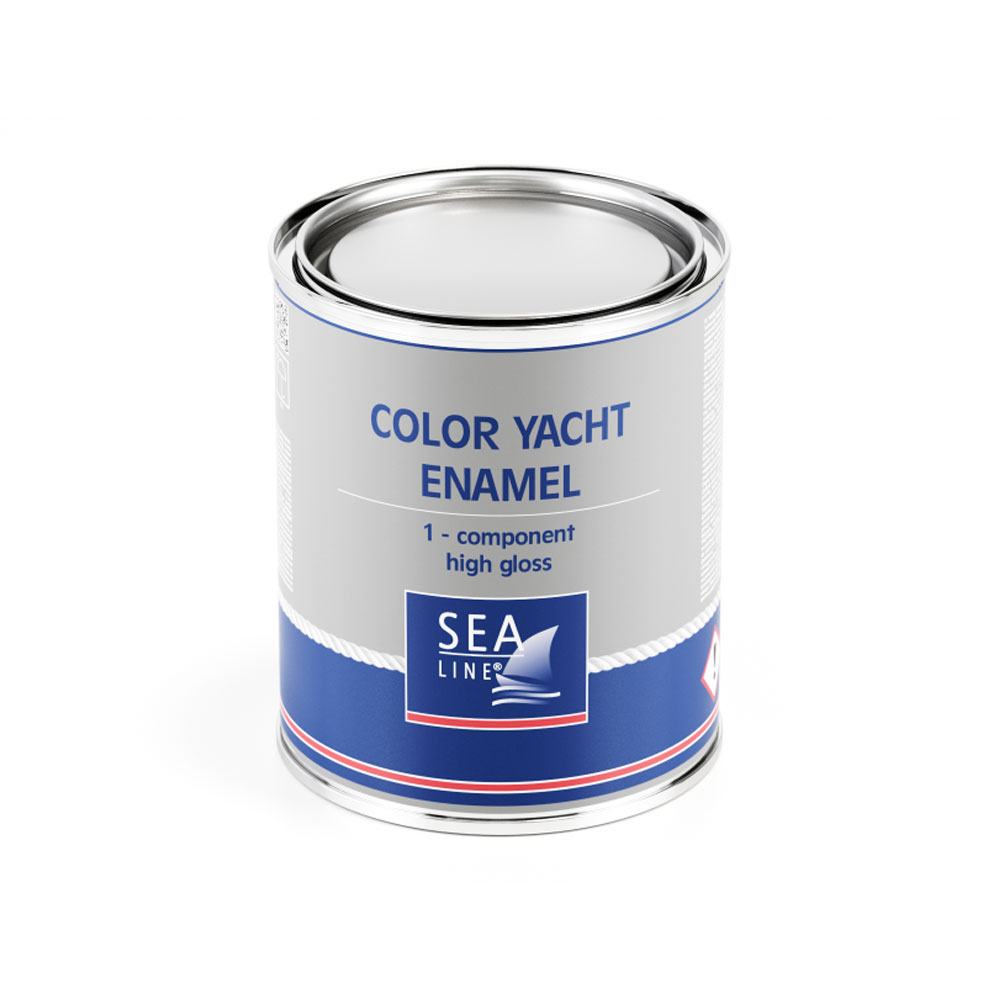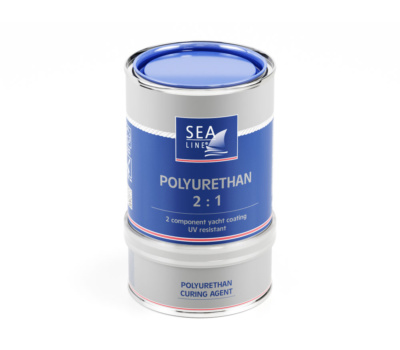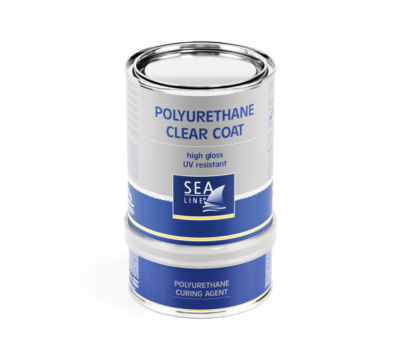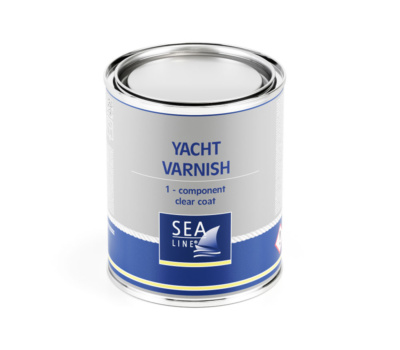Topcoat marine paint 1K (single-component), recommended for use above the waterline and for interior spaces of yachts.
| Color | Capacity | Code |
|---|---|---|
| white RAL 9010 | 125 ml | 300008166 |
| white RAL 9010 | 750 ml | 300008154 |
| crem RAL 9001 | 750 ml | 300008152 |
| red RAL 3001 | 750 ml | 300008158 |
| blue RAL 5011 | 750 ml | 300008161 |
| black RAL 9005 | 750 ml | 300008163 |

By hand:
Spray:
| Type | Laminates GRP, wood, steel | |
| Place | Above waterline | |
| Function | High gloss | |
| Application | brush, roll, spray gun | |
| Thinning | Thinner for 1 – component primer, varnisch, enamel | |
| Theoretical coverage for 1l | 15-16 m2 for 60 μm WFT/ 40 μm DFT | |
| Number of coats | 1 ÷ 2 | |
| Dry to the touch 20°C: | 3 h | |
| Dry to rain 20°C: | 6 h | |
| Fully woterprof | 10 h | |
| Elapsed time before applying next coat: | min. 16 h | |

This marine polyurethane topcoat paint is primarily recommended for protecting and renewing surfaces above the

It is a marine topcoat paint recommended for protecting wood and ensuring a long-lasting flawless

This is a clear marine varnish, dedicated to wooden boats and yachts. This product is
Yes, you can paint the bottom of the boat with polyurethane paint due to its high mechanical strength. We recommend this solution when the boat is not launched for a long time and is not exposed to fouling.
There is a possibility of thinning antifouling, but we do not recommend this procedure due to the risk of reducing the effectiveness of the paint. If it is necessary to thin the antifouling paint, it is recommended to dilute it to a maximum of 0-5% (by volume).